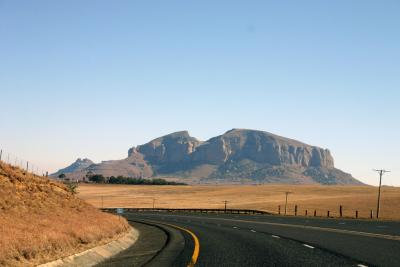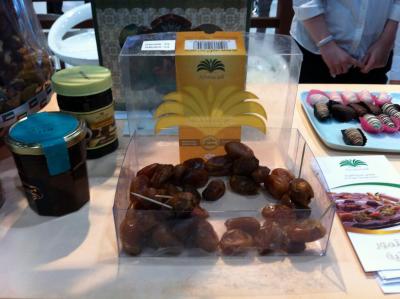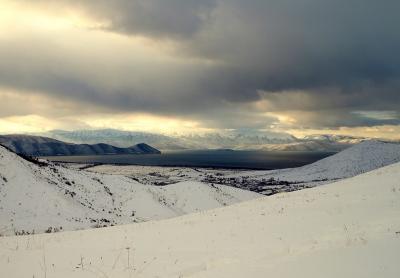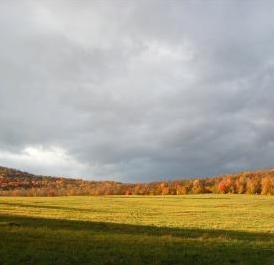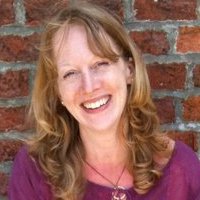“The Book Is Always Better” read a sign perched on top of a stack of Harry Potters and Twilights in the Harvard Coop bookstore last spring. I remembered the sign waiting in line to see director Joe Wright’s new Anna Karenina, adapted by Tom Stoppard and starring Keira Knightley, Jude Law, and Aaron Taylor-Johnson.
IMDB lists twenty-seven movie and TV versions of Anna K, going back to 1907. The 700-page book has also been made into at least four ballets and ten operas.
I’m not a screenwriter, but I imagine the elevator pitch goes something like: “Whaddya think, boss? Beautiful high-society woman married to a stiff finds passionate love with a handsome officer, and her husband and society treat her so bad she throws herself in front of a train. Not bad, eh?”
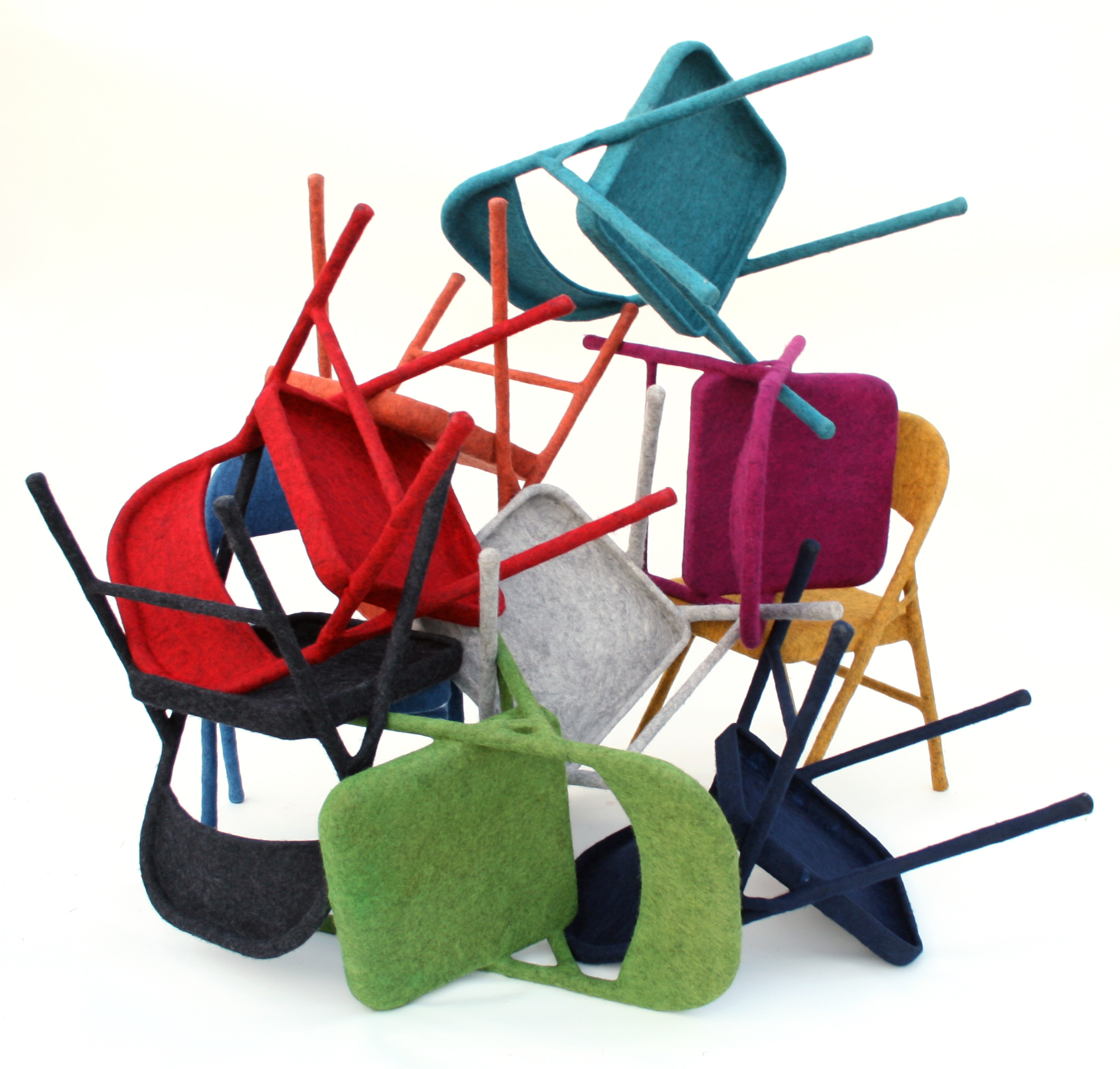
 Everyone has sat on a gray, metal folding chair: waiting at the DMV, as an extra guest at a dinner table, working in a makeshift office. Tanya Aguiñiga, a Los Angeles-based designer, transforms this ubiquitous piece of furniture in her series, Felt Chairs. Aguiñiga spends up to twenty laborious hours lovingly hand-felting each simple folding chair, covering it in vibrant color. Metal becomes a skeleton for bright and singular textured felt, akin to skin. What was cold is now warm, what was common is now individual. How we place ourselves in this chair has changed entirely.
Everyone has sat on a gray, metal folding chair: waiting at the DMV, as an extra guest at a dinner table, working in a makeshift office. Tanya Aguiñiga, a Los Angeles-based designer, transforms this ubiquitous piece of furniture in her series, Felt Chairs. Aguiñiga spends up to twenty laborious hours lovingly hand-felting each simple folding chair, covering it in vibrant color. Metal becomes a skeleton for bright and singular textured felt, akin to skin. What was cold is now warm, what was common is now individual. How we place ourselves in this chair has changed entirely.